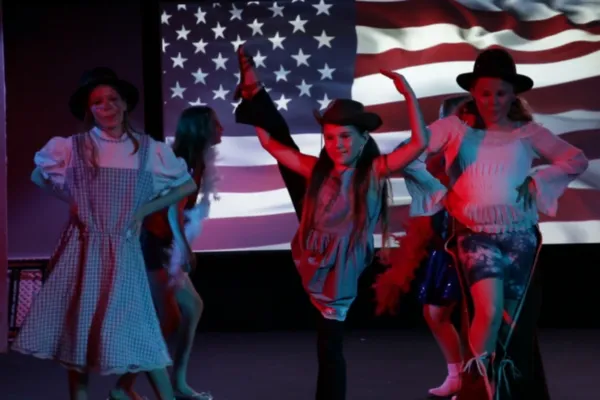
Why the Arts Belong in Every School (and Every Workplace)
There’s a common misconception that the arts are extra. Something optional. A fun break from the “real” work of math, science, and language. But if you look closer, you’ll find the arts aren’t just enrichment—they’re essential.
From classrooms to boardrooms, arts education provides tools that fuel creativity, sharpen problem-solving, and build a more emotionally intelligent, adaptable generation of thinkers.
More Than Paint and Performance
Arts education goes far beyond drawing in sketchbooks or memorizing lines for a school play. It cultivates critical thinking, boosts communication skills, and encourages innovation. Students who engage in the arts are shown to perform better academically, demonstrate stronger emotional regulation, and develop a deeper sense of empathy.
Why? Because the arts train us to observe closely, think differently, and approach challenges with creativity and flexibility.
In Schools, the Arts Level the Playing Field
Incorporating arts across all school subjects doesn’t just make learning more enjoyable—it makes it more effective. Visual learners grasp math through rhythm and pattern. A hesitant reader finds their voice through script reading. A struggling student suddenly shines in stage crew and discovers a hidden talent in lighting design or costume making.
Arts integration helps students connect with the curriculum on a personal level. It builds confidence and unlocks opportunities—especially for those who don’t always fit the traditional mold.
In the Workplace, Creativity is a Superpower
Businesses today are realizing that soft skills—like communication, collaboration, adaptability, and creative problem-solving—are just as important as technical expertise. Guess where those skills are developed early? Through arts training.
Employees who’ve participated in theater, music, or visual arts often bring unique perspectives to the table. They’re practiced in handling feedback, staying calm under pressure, and presenting ideas with clarity. Whether it’s pitching a client or brainstorming new strategies, creative minds thrive in the modern workplace.
A More Creative World is a More Connected One
At its core, the arts build community. They help us see from different perspectives, tell powerful stories, and create shared experiences. When schools and workplaces invest in the arts, they’re not just developing talent—they’re shaping better humans.
The Bottom Line?
The arts aren’t a luxury. They’re a necessity. Whether you’re a student, parent, educator, or employer, supporting the arts means investing in a more innovative, empathetic, and successful future.
Want to be part of the movement?
JDS Creative Academy offers year-round arts education programs that inspire growth through creativity. From musical theater and filmmaking to backstage design and improv, our hands-on classes help students thrive—in the arts and in life. Visit JDSCreativeAcademy.org to learn more or apply for a scholarship.